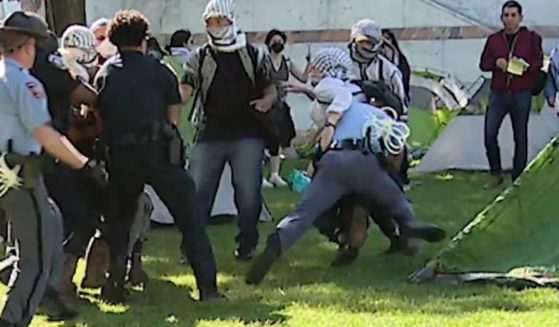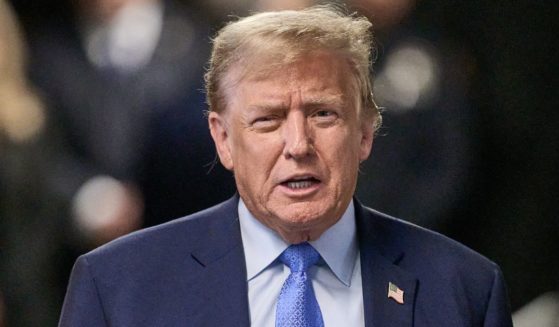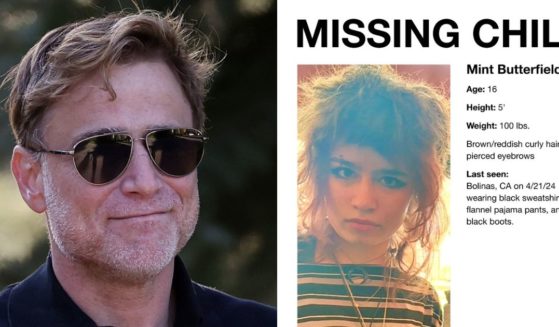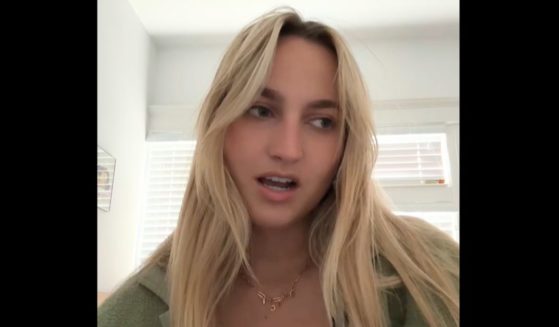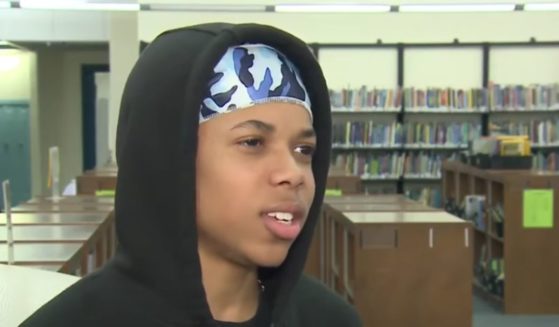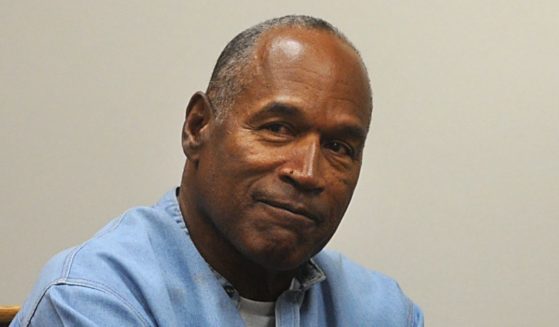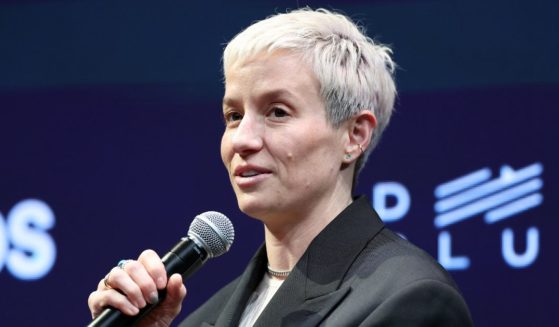Pope Emeritus Benedict XVI Dead in Vatican City
He was the reluctant pope, a shy bookworm who preferred solitary walks in the Alps and Mozart piano concertos to the public glare and majesty of Vatican pageantry. When Cardinal Joseph Ratzinger became Pope Benedict XVI and was thrust into the footsteps of his beloved and charismatic predecessor, he said he felt a guillotine had come down on him.
So it should have come as little surprise that with a few words uttered in Latin on a Vatican holiday in 2013, Benedict ended it all, announcing that he would become the first pope in 600 years to resign.
His dramatic exit paved the way for Pope Francis’ election and created the unprecedented arrangement of two popes, living side-by-side in the Vatican gardens. And it likely won’t be a one-off, given that Francis has said Benedict “opened the door” for other popes to follow suit.
The Vatican announced that Benedict died Saturday at his home in the Vatican at age 95. Francis himself will celebrate Benedict’s funeral Mass on Thursday, closing out an unprecedented chapter in the history of the papacy with a reigning pope eulogizing a retired one.
The intellectual German theologian, whose mission was to reawaken Christianity in a secularized and indifferent Europe, was forced to shoulder the brunt of the sex abuse scandal that festered unattended under St. John Paul II. Then, as he planned to make a quiet exit from the papacy, another scandal erupted when his own butler stole his personal papers and gave them to a journalist — leading to revelations that laid bare the need for a reformer pope to clean up the Vatican’s act.
In between crises, Benedict pursued his single-minded vision to rekindle faith in a world that he frequently lamented seemed to think it could do without God.
“In vast areas of the world today, there is a strange forgetfulness of God,” he told 1 million young people gathered on a vast field for his first foreign trip as pope, World Youth Day in Cologne, Germany, in 2005. “It seems as if everything would be just the same even without Him.”
With some decisive, often controversial moves, he tried to remind Europe of its Christian heritage. And he set the Catholic Church on a conservative, tradition-minded path that often alienated progressives. He relaxed restrictions on celebrating the old Latin Mass and launched a crackdown on American nuns, insisting that the church stay true to its doctrine and traditions in the face of a changing world.
It was a path that in many ways was reversed by his successor, Francis, whose mercy-over-morals priorities alienated the traditionalists who had been satisfied under Benedict’s leadership.
Benedict’s style couldn’t have been more different from that of John Paul or Francis. No globe-trotting media darling or populist, Benedict was a teacher and theologian to the core: quiet and pensive with a fierce mind. He spoke in paragraphs, not soundbites. He had a weakness for orange Fanta, cats as well as his beloved library; when he was elected pope, he had his entire study moved — as is — from his apartment just outside the Vatican walls into the Apostolic Palace. The books followed him to his retirement home.
“In them are all my advisers,” he said in the 2010 book-length interview, “Light of the World.” “I know every nook and cranny, and everything has its history.”
Like his predecessor, Benedict made reaching out to Jews a hallmark of his papacy. His first official act as pope was a letter to Rome’s Jewish community and he became the second pope in history, after John Paul, to enter a synagogue.
In his 2011 book, “Jesus of Nazareth,” Benedict made a sweeping exoneration of the Jewish people for the death of Christ, explaining Biblically and theologically why there was no basis in Scripture for the argument that the Jewish people as a whole were responsible for Jesus’ death.
As soon as he was elected, Benedict moved decisively on a few select fronts: He made clear early on that he wanted to re-establish diplomatic relations with China that were severed in 1951. He wrote a landmark letter to the 12 million Chinese faithful in 2007, urging them to unite under Rome’s wing. That letter helped pave the way for Francis to seal a controversial deal with Beijing over bishop appointments in 2018.
Within his first year, Benedict also signed off on a long-awaited document barring most gay men from the priesthood in a move that riled many progressives in the American church. But in a document welcomed by liberal Catholics, he also essentially abolished “limbo,” saying there was hope that babies who died without being baptized would go to heaven.
And in one of his most popular acts at the time, he beatified his predecessor in record time, drawing 1.5 million people to Rome in 2011 to witness John Paul move a step closer to sainthood. Francis finished the job in 2014 when he canonized John Paul along with St. John XXIII. Benedict attended the ceremony, creating a never-before-seen moment of two living popes honoring two dead ones.
Benedict’s legacy was inextricably linked to the 2010 sex abuse scandal.
From 2004 to 2014, the Vatican defrocked 848 priests and sanctioned another 2,572 to lesser penalties, a get-tough approach to remove predators outright that went unmatched by Francis.
Benedict met with victims across the globe, wept with them and prayed with them. Under his leadership, the Vatican updated its legal code to extend the statute of limitations for cases and told bishops’ conferences around the world to come up with guidelines to prevent abuse.
And most significantly, Benedict reversed his beloved predecessor by taking action against the 20th century’s most notorious pedophile priest, the Rev. Marcial Maciel. Benedict took over Maciel’s Legionaries of Christ, a conservative religious order held up as a model of orthodoxy by John Paul, after it was revealed that Maciel sexually abused seminarians and fathered at least three children
As soon as the abuse scandal calmed down for Benedict, another one erupted. In October 2012, Benedict’s former butler, Paolo Gabriele, was convicted of aggravated theft after Vatican police found a huge stash of papal documents in his apartment.
Gabriele told Vatican investigators he gave the documents to Italian journalist Gianluigi Nuzzi, who went on to publish a blockbuster book, because he thought the pope wasn’t being informed of the “evil and corruption” in the Vatican and that exposing it publicly would put the church back on the right track.
It was a painful and embarrassing chapter for the Vatican that exposed power struggles, intrigue and allegations of corruption and homosexual liaisons in the highest levels of the Catholic Church. It was also a personal betrayal for Benedict, although he eventually pardoned Gabriele.
Once the “Vatileaks” scandal was resolved, Benedict felt free to make the decision he had hinted at previously but that was extraordinary all the same: On Feb. 11, 2013, he announced that he would resign rather than die in office as all his predecessors had done for almost six centuries.
“After having repeatedly examined my conscience before God, I have come to the certainty that my strengths due to an advanced age are no longer suited” to the demands of being pope, he told cardinals.
As one of John Paul’s close aides, he had watched from up close as the Polish pope suffered publicly with Parkinson’s disease in the final years of his papacy. When he became pope, Benedict clearly wanted to avoid the same fate.
It later became clear that his retirement had been planned for months. Renovation on a four-story building on the northern edge of the Vatican gardens had begun the previous fall, but only a handful of people knew it would one day be Benedict’s retirement home.
He made his last public appearances as pope in February 2013 and then, on the last day of the month, boarded a helicopter for the papal summer retreat at Castel Gandolfo, to sit out the conclave that elected Francis, in private. He only returned to the Vatican months later, after Francis was fully installed.
Benedict then largely kept to his word that he would live a life of prayer in retirement, emerging only occasionally from his converted monastery for special events and writing occasional book prefaces and messages.
Despite his very different style and priorities, Francis treated Benedict with the utmost respect and love: The Argentine Jesuit frequently said that having Benedict in the Vatican was like having a “wise grandfather” living at home.
The decision to leave may have been Benedict’s personal choice, but it’s likely to have a long-term impact on the papal job description going forward.
“For the century to come, I think that none of Benedict’s successors will feel morally obliged to remain until their death,” said Paris Cardinal Andre Vingt-Trois on the day the resignation was announced.
Benedict was often misunderstood. Nicknamed “God’s Rottweiler” by the unsympathetic media, he was actually a sweet and fiercely smart academic who devoted his life to serving the church he loved.
“Thank you for having given us the luminous example of the simple and humble worker in the vineyard of the Lord,” Benedict’s longtime deputy, Cardinal Tarcisio Bertone, told him in one of his final public events as pope.
Ratzinger inherited the seemingly impossible task of following in the footsteps of John Paul when he was elected the 265th leader of the Church on April 19, 2005. He was the oldest pope elected in 275 years and the first German in nearly 1,000 years.
As John Paul’s right-hand man, he had been a favorite going into the vote and was selected in the fastest conclave in a century: Just about 24 hours after the voting began, white smoke curled from the Sistine Chapel chimney at 5:50 p.m. to announce “Habemus Papam!”
Benedict wrote three encyclicals, “God is Love” in 2006, “Saved by Hope” in 2007 and “Charity in Truth” in 2009. The last was perhaps his best known as it called for a new world financial order guided by ethics that was published in the throes of the global financial meltdown.
He penned a fourth, “The Light of Faith,” that was eventually published in July 2013 under a joint byline with his successor, Francis, who finished it off after Benedict retired.
Benedict’s call for financial ethics was more than just an exhortation: He amended the Vatican city state’s legal code to comply with international norms to fight money laundering and terror financing, putting the Vatican on the path to financial transparency in a bid to shed its image as a scandal-marred tax haven.
Born April 16, 1927, in Marktl Am Inn, in Bavaria, Benedict wrote in his memoirs of being enlisted in the Nazi youth movement against his will in 1941, when he was 14 and membership was compulsory. He deserted the German army in April 1945, the waning days of the war.
Benedict was ordained, along with his brother, Georg, in 1951. After spending several years teaching theology in Germany, he was appointed bishop of Munich in 1977 and elevated to cardinal three months later by Pope Paul VI.
If there were any doubts about Benedict’s priority to reinvigorate Christianity in Europe, his choice of a papal name was as good an indication as any.
Benedict told cardinals soon after he was elected that he hoped to be a pope of peace, like Pope Benedict XV, who reigned during World War I. But the first Benedict — St. Benedict of Norcia — was also an inspiration.
The 5th- and 6th-century monk is a patron saint of Europe and inspired the creation of the Benedictine order, the main guardian of learning and literature in Western Europe during the dark centuries that followed the fall of the Roman Empire.
Until his 2020 death, his brother Georg was a frequent visitor, even after Benedict retired. His sister died years earlier. His “papal family” consisted of Monsignor Georg Gaenswein, his longtime private secretary who was always by his side, another secretary and consecrated women who tended to the papal apartment.
They were with him when he received the sacrament of the anointing of the sick on Wednesday, three days before he died.
The Western Journal has reviewed this Associated Press story and may have altered it prior to publication to ensure that it meets our editorial standards.
Truth and Accuracy
We are committed to truth and accuracy in all of our journalism. Read our editorial standards.


